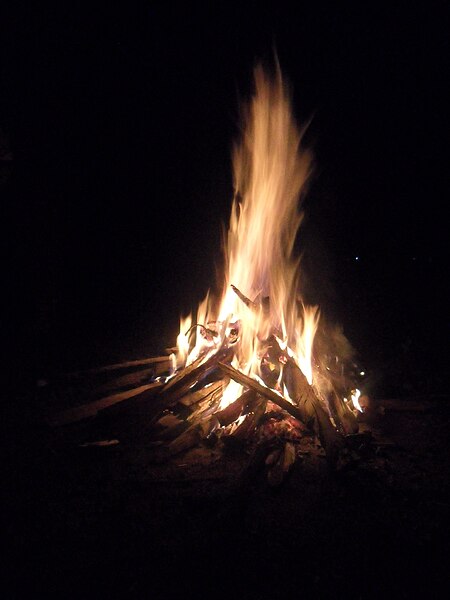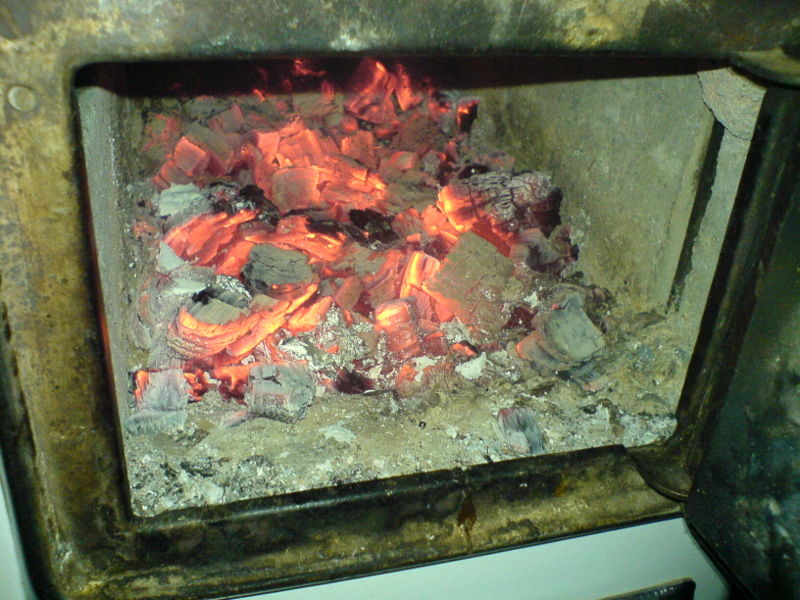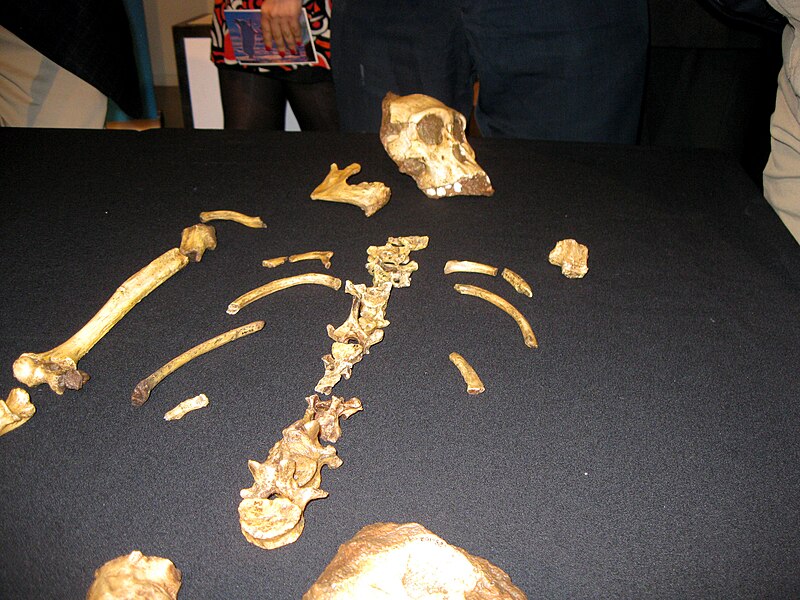Anyway, we start off this roundup with a story I missed from last week, but was just too good not to include.
1. Young Gorillas Outsmart Poachers
This is probably the coolest story ever. In a national park in Rwanda, there are young mountain gorillas that just go around destroying snare traps poachers set. I am in no way making this up. Holy cow.
The gorillas have seen what the snares can do: they kill those that get trapped and are too small to fight their way out. Little gorillas. Oftentimes, infants. It's tragic. So these youngsters have taken it upon themselves to destroy the traps. They jump on the branch holding the snare in place and snap it. Then they pull the snare itself out, rendering the trap useless.
Wow. Rock on, gorillas.
No one has taught the gorillas to do this, except for the gorillas themselves. They may have learned it by watching humans destroy snares, since they live in a national park where rangers often go about doing just that. No matter how they learned, this is incredible. Especially since the gorillas doing it aren't adults. They're juveniles...basically elementary-age kiddos to us humans. That's some serious brain power there.
The only thing that ISN'T awesome about this story is that the gorillas had to learn to do this at all.
2. Greenland Just Keeps Having Problems...
| Area of melting in mid-July. Photo from: NASA |
So this past week, scientists' jaws dropped around the world as they realized 97% of Greenland's icy surface had melted this month.
WHAT.
WHAT EVEN.
Okay, so it's not that the ice completely melted away to nothing. But there was melting occurring over almost the entirety of Greenland. That's...ridiculous.
Apparently this kind of thing can happen once every couple of centuries, according to ice core samples. But this is something we're definitely going to need to watch. If this becomes a regular summer-time thing, we're in serious trouble. The less ice around Greenland, the less sunlight gets reflected from the bright white ice out to space...which means more light absorption. More heat. Even faster global warming, even if we manage to cut carbon emissions.
Fun times ahead, let me tell you.
3. Neatly Aligned Solar System...That Isn't Ours.
The telescope Kepler has discovered a star and planet system that likely formed from a flat disk of gas and dust, like our own solar system. This is the best example we've found yet of another system like our own, where the planets all line up in the same plane in their orbit around their star.
Kepler 30 appears to be such a system. Its three planets all pass over the same sunspot on its star's surface, indicating they're in the same plane as one another. Other planetary systems we've discovered beyond our own tend to have their planets in different planes from each other. It seemed to be our system was the odd one that had its planets all travel in the same plane.
This stability in orbit led to the long-term development of life on Earth. So it's kind of a big deal to find another system that has such perfect alignment. It shows us that our single-plane planets aren't the only ones out there that work like that, and there are other systems that would share our stability and could possibly develop life from that. Freaking AWESOME.
Every day we find more evidence that life has a chance to develop beyond Earth. I love it.
Too bad we wouldn't be able to reach any of these other planet systems. Just more reason why we need to take care of the one planet in our own solar system that comfortably supports life. This is probably our only realistic shot at a true home.

















